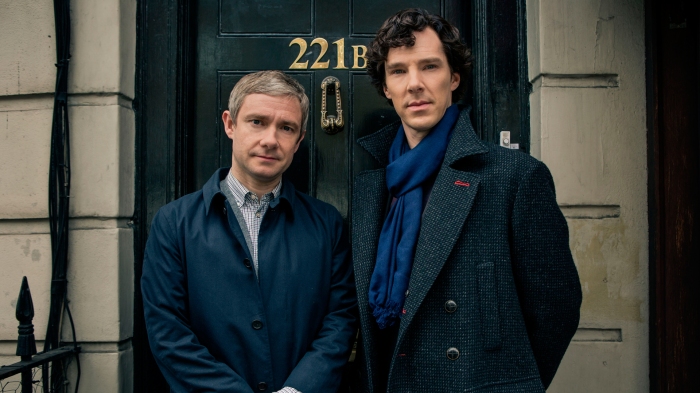Discuss the ways in which the extract constructs the representation of disability/ability, using the following:
-Camera shots, angle, movement and composition.
– Editing.
– Sound design
– Mise-en-scene

The clip starts with a fast paced action scene set in a hot country. The clip is fully shot as a point of view shot, which shows that the scene is a flashback of the soldier. The cuts between the shots are very quick, which reflects on the dangerous situation. The shot is very shaky, which immerses the viewer further. Furthermore, the shot is accompanied with the diegetic sound of gunshots. These are exaggerated to show the ongoing trauma which the soldier is suffering from. There are also echoing screams, in a non-diegetic manner, which also work in this purpose. These screams continue into the top-down shot of the soldier in bed, via a sound bridge, which links the two scenes together.
The top-down shot of the soldier in bed shows his vulnerability to the world. Within this shot, the actor is seen to act in a frustrated manner, showing his suffering has been going on for an extended period of time. This scene is made of many close-ups of the soldier, which some are not fully focused. This shows how the soldier is still half way through his dream, and that he has not fully recognised that he is no longer in the warzone. The panting of the character is enhanced to stand out from the silence. This shows that the character had been suddenly waken, and believed he was in danger.
The dissolve of the two shots, from night time to day time, shows time passing. This is emphasized even more when Watson is dissolved into the shot, as he is mid-walking across the room. The time passing demonstrates the military discipline of Watson, and provides an insight into the routine, yet boring life of Watson. The silence of Watson’s house can be heard by the viewer, which emphasizes the boringness of Watson’s transition into civilian life.
When Watson sits down at his desk, closeups are shown of his walking stick and of his mug. The mug confirms to the viewer that he is a retired serving member of the armed forces. When Watson pulls out his laptop, he uses only his right hand. This pulling out of the laptop is shown with his difficulty, which also refines his disability. Underneath his laptop is a handgun. This is hidden by quick editing, which enforces that the he is very protective and that the weapon is contraband. The draw of the desk is the only sound, showing that the soldier’s discipline is still in operation, and the soldier is still trying to settle to a regular civilian life. When Watson opens his computer, his personal blog is shown, and a voice-over is in effect.
The scene cuts to Watson sat in a chair. The voice from the previous scene is still playing, but pro porting from to come from this scene. Watson is placed in the lower right hand corner of the scene, which displays his mental power. The shot then changed to the psychologist, who is placed in the upper left hand of the shot. This shows that the psychologist has a higher power. The psychologist’s office is more decorated and coloured in comparison to Watson’s room. This reflects on how Watson is still in a military lifestyle, with only the basic necessities and colours being utilized. The psychologist’s side of the room is more colourful and decorated, juxtaposing her civilian lifestyle with that of Watson’s military lifestyle.
The reaction shots used in the psychologist’s office were used to demonstrate how Watson does not want to be in that situation, but also feels as if he has not been affected by the traumatic experiences he has been put through. At the end of the psychologist scene, a dolly-in shot to Watson is used. This shot shows the realization of Watson, which shows that he is starting to believe he is being affected. This shot also helps to enforce, along with the line “There’s nothing wrong with me”, that he is in denial, and does not want to be present in that situation.